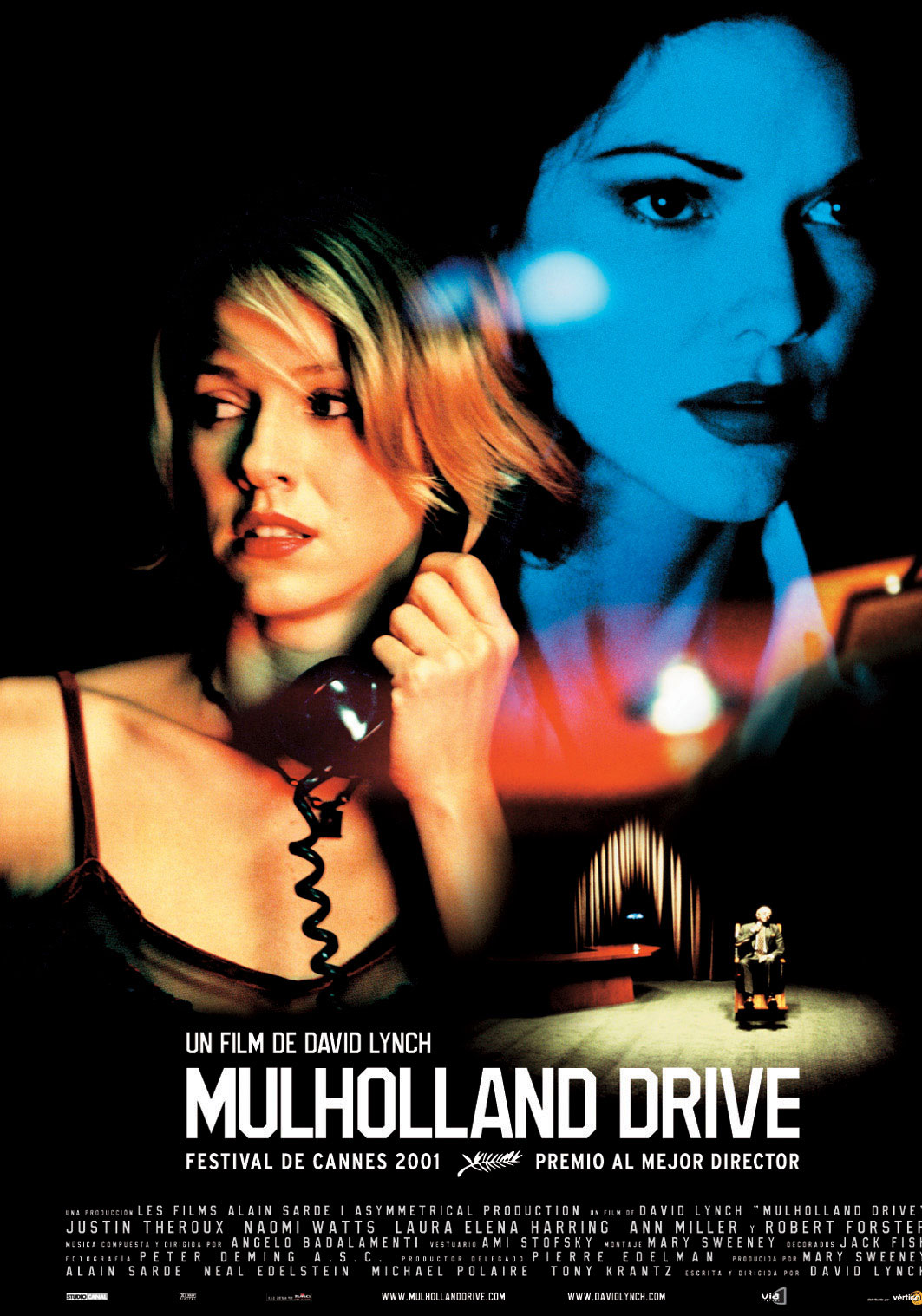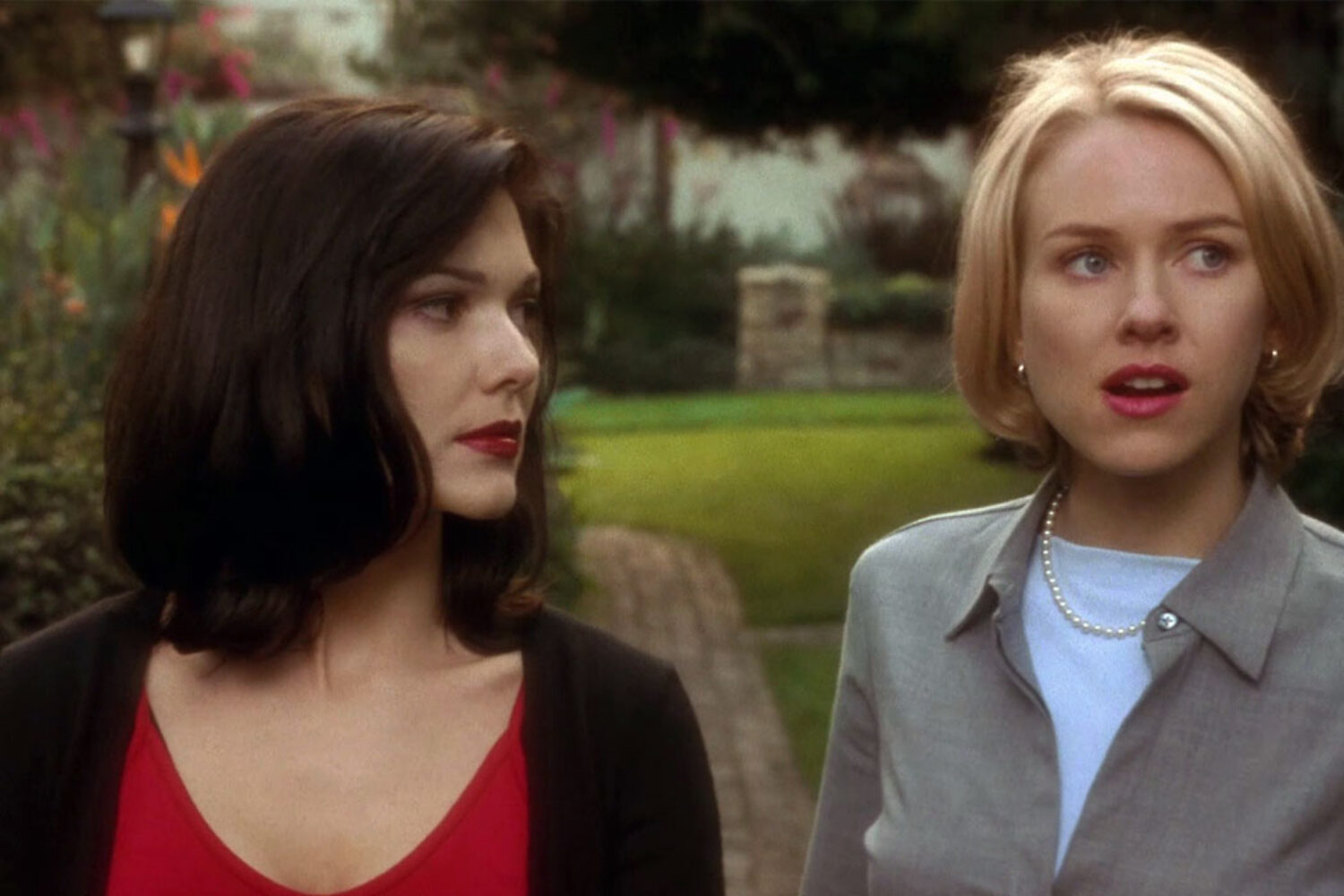David Lynch’s 2001 neo-noir film Mulholland Drive left many viewers baffled and perplexed. But many were impressed by the audacity of the invention and creative vision and many critics consider it a masterpiece of modern cinema. It was even voted the best film of the 21st century.
Lynch had to take a massive change of direction to make the movie happen at all.
A TV production company backed Lynch to develop a new TV series to follow the success of Twin Peaks. So he developed a new idea, and shot an open-ended proof of concept pilot. Mulholland Drive was his new vision, his new creative plan.
Mulholland Drive is a good example of a creative pivot. You set out planning to reach a target, but end up finding something you didn’t expect to find.
But when his backers saw the pilot they pulled the funding and decided not to go ahead and produce the series. Lynch’s plan was in trouble.
But he didn’t stop there. Convinced of the idea and his concept he sought a new producer, a new backer to turn the TV pilot into a feature film. He dug deep and found a new way to reach a target he hadn’t set out to reach.
The film went on to win the Best Director Award at the Cannes Film Festival in 2001 and helped to launch many careers.
Mulholland Drive is a good example of a creative pivot. You set out planning to reach a target, but end up finding something you didn’t expect to find.
The lesson for startups is as long as you have a vision that’s driven by strong belief you can still reach your goal. Maybe by doing things a different way. You may succeed by taking an unfamiliar and unexpected path.
The important thing is to have the vision and the need to succeed in the first place. That’s what drives you through the plot twists and the unexpected pivots.
Eugene Burns




